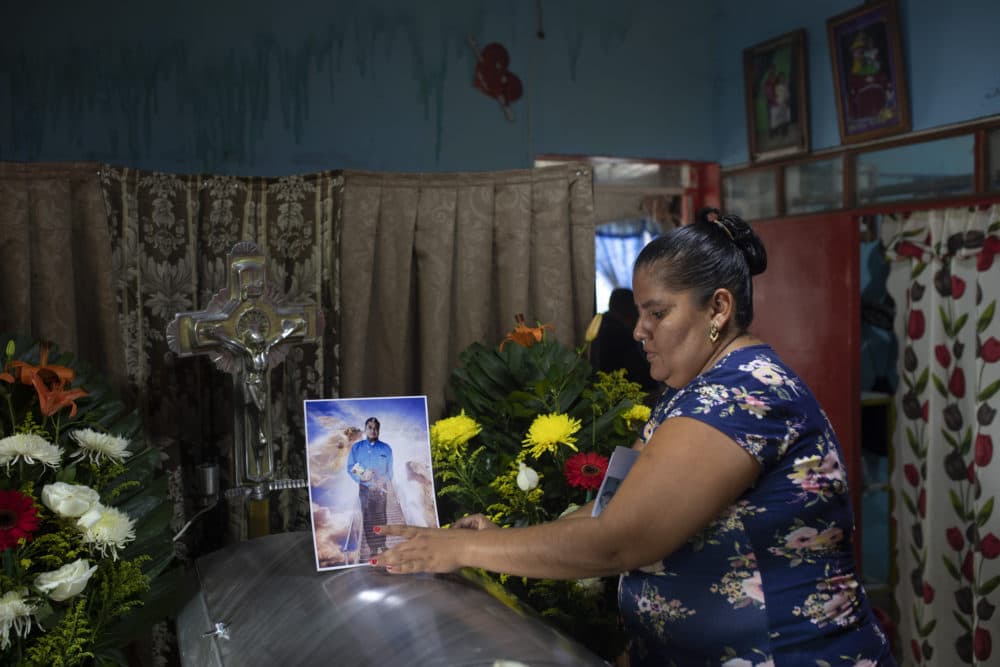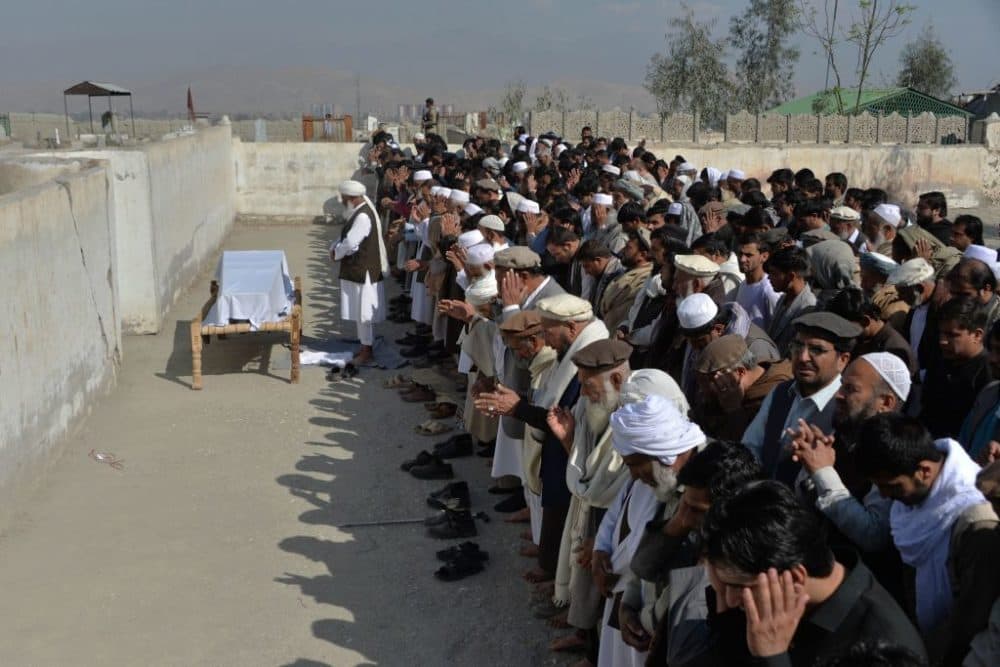Advertisement
World Gets More Dangerous For Journalists: Report Finds 65 Media Workers Were Killed In 2020
Resume
Being a journalist is a dangerous profession in many parts of the world.
The International Federation of Journalists has released a new report that says 65 people who worked in the media were killed worldwide in 2020 — 17 more people killed than in 2019.
All of them died while doing their jobs.
Ernest Sagaga, head of human rights at the IFJ, says by and large the violence results from members of the press exposing corruption, crime and abuses of power in their own communities. He says many killers get off scot-free.
“Killing a journalist has become a risk-free endeavor,” Sagaga says.
The IFJ, a global union federation that compiles these reports every year, has found only one out of 10 killers is prosecuted, he says.
“That's basically an open season on journalists in many parts of the world, especially in less democratic regimes” and in places where governments wield very little control, he says.
The report ranks Mexico as the most dangerous country for journalists with the highest number of reporter deaths — 14 people — in 2020. Mexico has topped the IFJ’s list for four out of the last five years, Sagaga says, with organized crime being the driving factor.
“We have crime barons who use a reign of terror to suppress any journalist or indeed anyone who would like to expose what they do,” he says. “They have been doing it for many years and, I'm afraid, getting away with it.”
The threat is even greater for women in the field. Earlier this month, three women employed at a news outlet in Afghanistan were gunned down in two separate attacks.

Sagaga says the IFJ has taken notice of increased violence against female journalists — especially in Afghanistan.
“There are really people in Afghanistan who want to scare people or to scare the media,” he says.
Press intimidation tactics occur in democracies as well. Take Des Moines Register reporter Andrea Sahouri’s recent case, for example.
Sahouri was arrested last year for reporting on a Black Lives Matter protest in Iowa. She was running away from tear gas when a police officer pepper sprayed her face at close range and arrested her. Police body camera video corroborated her account that she had repeatedly told the officer that she was a journalist.
Last week, a jury found Sahouri not guilty of failing to disperse and interfering with official acts.
“It's essential for us to be able to document historical moments,” she told Here & Now. “And without journalists, I can't even imagine what our society would be like today.”
The IFJ says journalists around the world are not only being killed, but they are being jailed just like Sahouri for doing their jobs. In a democracy where rule of law exists, Sagaga says authorities are acutely aware that a jailed journalist “will come out free.”
“They know that, but they are simply doing it to intimidate our colleagues and prevent them from reporting what they see,” he says.
The goal in many of these circumstances is to quiet reporters and ensure their work is not heard. But Sagaga says the silencing tactics haven’t extinguished their efforts. Journalists are still reporting vital stories — despite the threats — because the public continues to seek out accurate, truthful reporting.
“That is an encouragement to our colleagues all over the world,” he says, “to keep going despite these very real threats and danger to their lives.”
Alex Ashlock produced this story and edited it for broadcast with Todd Mundt. Serena McMahon adapted it for the web.
This segment aired on March 16, 2021.

